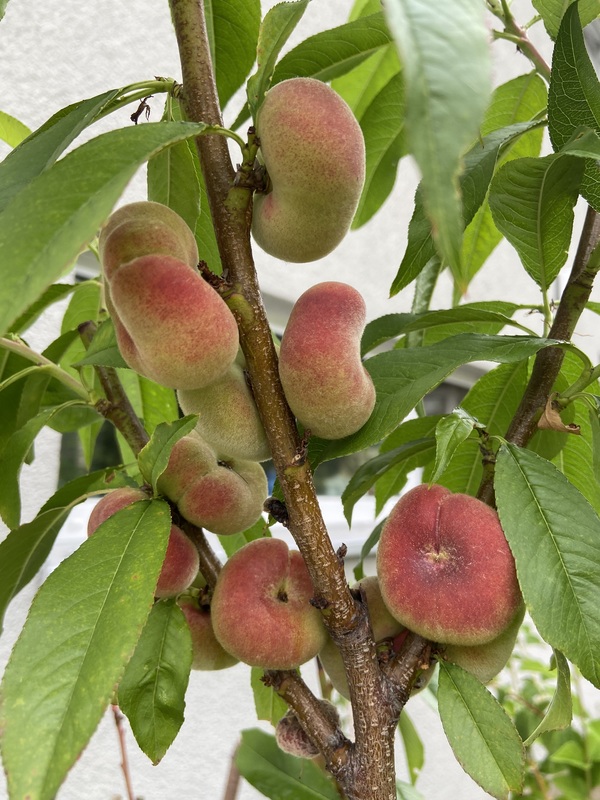Description
Longevity spinach, also known as Gynura procumbens, is a flowering plant native to East and Southeast Asia. It is a perennial shrub that typically grows to about 1-3 feet in height and has a dense, upright habit. The leaves are alternate, lanceolate in shape, and are a deep green color on the top side with a velvety, purple underside. The plant produces small, yellow flowers that are grouped together in clusters at the ends of the stems.
Longevity spinach is relatively easy to grow and can be cultivated in a variety of soil types. It prefers a moist, well-drained soil and full sun to partial shade. It is not frost hardy, so it should be protected from freezing temperatures.
Longevity spinach is edible and the leaves, stems, and young shoots can be eaten raw or cooked. They have a slightly bitter taste and are often used in salads, soups, and stir-fries. The leaves can be stored in the refrigerator for up to a week after harvest.
In addition to its culinary uses, longevity spinach has a number of medicinal properties. It is believed to have anti-inflammatory, anti-tumor, and anti-diabetic effects, and has been used traditionally to treat a variety of ailments. It is also high in vitamins and minerals, making it a nutritious addition to the diet.
Longevity spinach is attractive to a variety of pollinators and can provide a source of nectar and pollen for bees and other insects. It is also a useful plant for improving soil health, as it has the ability to fix nitrogen in the soil.
